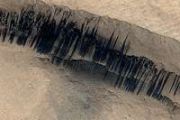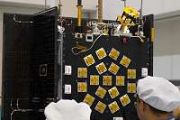
Copernical Team
Heart of Hertz 2.0
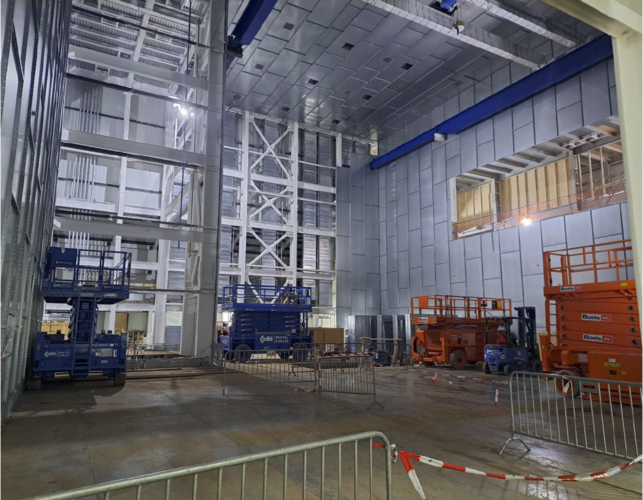 Image:
Heart of Hertz 2.0
Image:
Heart of Hertz 2.0 ESA gears up for the Farnborough International Airshow

The Farnborough International Airshow is set to return for its 76th edition. Held every two years, the UK’s largest trade airshow will be back at the historic Farnborough Airport in Hampshire from 22 to 26 July 2024. ESA will be there to showcase the agency’s latest achievements and to highlight its next steps and future vision for Europe in space. An intense programme of panels and sessions awaits industry professionals and trade visitors on the first four days, while the public is welcome on 26 July for the public day.
Lunar leap: GNSS-powered autonomous navigation for moon-bound spacecraft
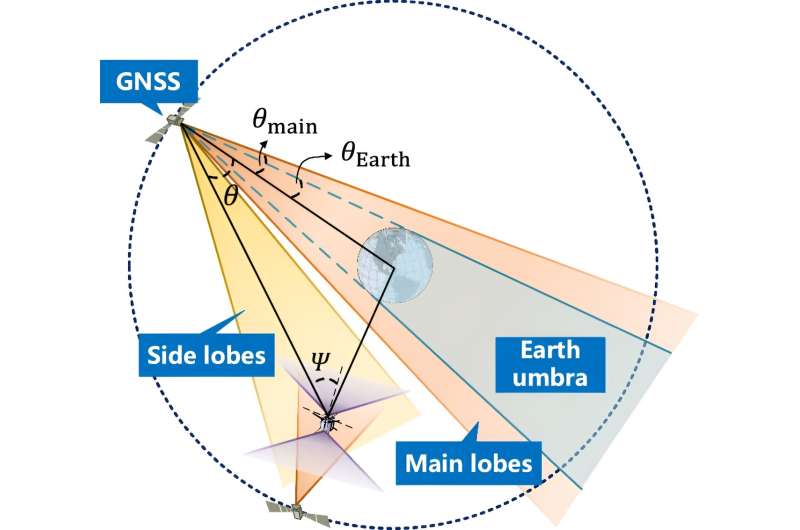
As lunar missions gain momentum, the demand for advanced navigation technologies that exceed traditional Earth-based systems grows. A new study addresses the challenges of weak Global Navigation Satellite System (GNSS) signals and spacecraft maneuvers in the lunar space, emphasizing the need for sophisticated integrated navigation systems.
Combining GNSS, Inertial Navigation System (INS), and star trackers, this research paves the way for enhanced accuracy and stability in space navigation, essential for the success of future space exploration.
Researchers from Shandong University, in collaboration with the Shandong Key Laboratory of Optical Astronomy and Solar-Terrestrial Environment, have published the study in Satellite Navigation on July 1, 2024. The study introduces an adaptive Kalman filter to enhance GNSS performance for spacecraft navigating in the Earth–moon space.
A meteor streaked across the NYC skyline before disintegrating over New Jersey
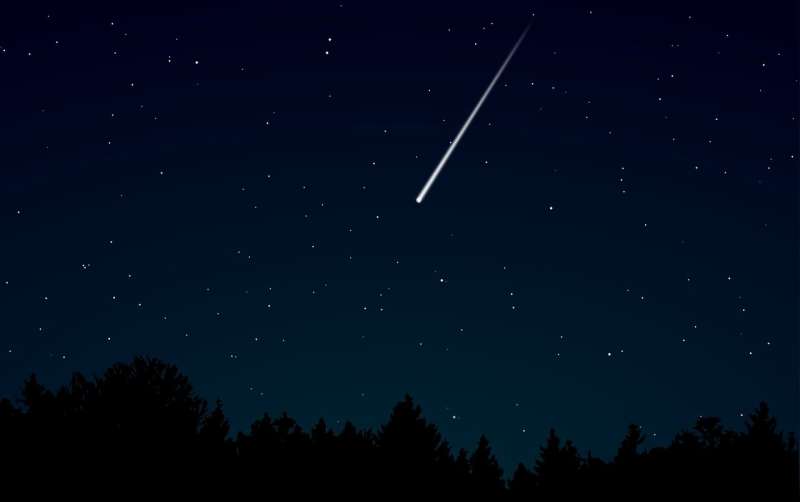
A meteor streaked across the New York City skyline before disintegrating over nearby New Jersey, according to NASA.
William Cooke, the head of the space agency's Meteoroid Environments Office, said the fireball was first sighted at an altitude of 51 miles (82 kilometers) above Manhattan at around 11:17 a.m. Tuesday.
The meteor passed over the southern part of Newark, New Jersey, before disintegrating 31 miles (50 kilometers) above the town of Mountainside, he said. No meteorites or other fragments of space debris reached the planet's surface.
The space rock moved at a speed of about 41,000 mph (66,000 kph) and descended at a relatively steep angle of 44 degrees from vertical, Cooke said.
Its exact trajectory is uncertain, since reports are based only on eyewitness accounts and no camera or satellite data is currently available, he said.
As of Wednesday morning, there had been approximately 40 eyewitness reports filed on the American Meteor Society website, which the agency used to generate its estimates, Cooke said.
The fireball was not part of the Perseid meteor shower, and reports of loud booms and shaking could be explained by military aircraft in the vicinity around the time of its appearance, he said.
Video: Ariane 6 liftoff from the launchpad
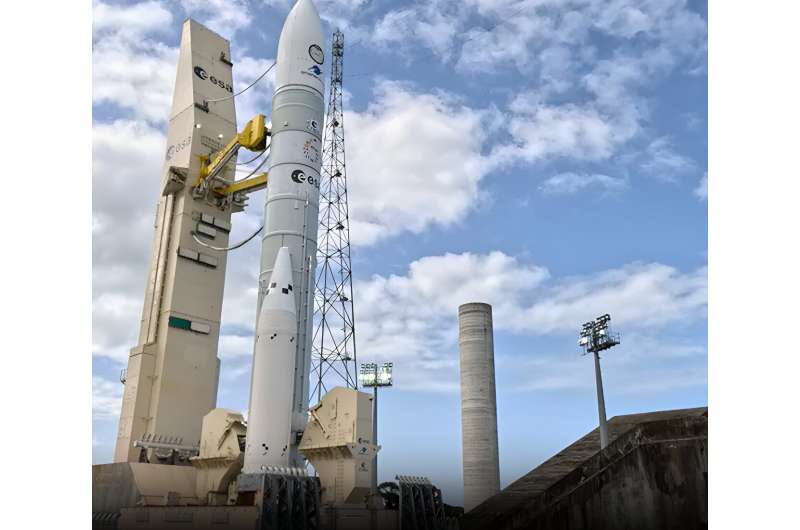
While no person could get this close during Ariane 6's inaugural flight on 9 July 2024, several small cameras bravely witnessed its take-off from the launchpad.
After years of preparations, the Vulcain main stage engine ignites, arms providing cryogenic fuels to the rocket until the very last moment retract and boosters fire—Ariane 6 is space-bound. As it lifts off, vast amounts of water are pumped at high speed to dampen vibrations at the launch site, which then come rushing towards one of these small cameras in a dramatic swirl, hiding the departing rocket from view.
Ariane 6 launched from Europe's Spaceport in French Guiana at 16:00 local time (20:00 BST, 21:00 CEST), designed to provide more launch power with higher flexibility and at a lower cost than its predecessors.
The launcher's configuration—with an upgraded main stage, a choice of either two or four powerful boosters and a new restartable upper stage—will provide Europe with greater efficiency and a wider range of launch services, including for the launch of multiple payloads into different orbits on a single flight.
Zero-G testing on Europe’s flattest floor
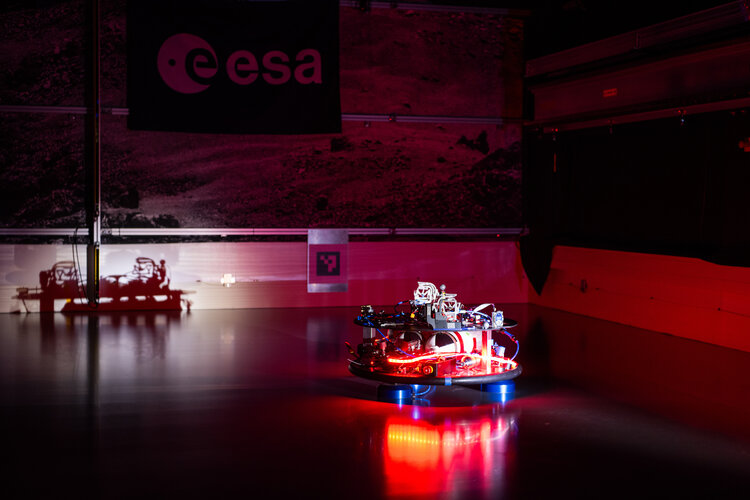
A student team testing a new approach to satellite propulsion came to the flattest floor in Europe – based at ESA’s ESTEC technical centre in the Netherlands – which is used to reproduce the experience of weightless free-floating in two dimensions instead of three.
Elon Musk says he's moving SpaceX, X headquarters from California to Texas

Billionaire Elon Musk says he's moving the headquarters of SpaceX and social media company X to Texas from California.
Musk posted on X Tuesday that he plans on moving SpaceX from Hawthorne, California to the company's rocket launch site dubbed Starbase in Texas.
Satnav enables medical and emergency response

Satellite navigation is not just about travel directions; its applications extend to search and rescue operations, agriculture, autonomous vehicles, sports and perhaps surprisingly, even health. ESA's NAVISP programme supports European companies in the creation of satnav-powered solutions with all sorts of applications – among them, emergency response and healthcare.
Double trouble: Gaia hit by micrometeoroid and solar storm

Launched in December 2013, ESA’s Gaia spacecraft is on a mission to map the locations and motions of more than a billion stars in the Milky Way with extreme precision.
But it’s not easy being a satellite: space is a dangerous place. In recent months, hyper-velocity space dust and the strongest solar storm in 20 years have threatened Gaia’s ability to carry out the precise measurements for which it is famous.
Three-Dimensional Acoustic Quantum Hall Effect Demonstrated in New Study
 The quantum Hall effect (QHE) stands as a significant milestone in condensed matter physics, paving the way for advancements in topological physics. Extending QHE into three dimensions, however, presents substantial challenges. The primary difficulty lies in the extension of Landau levels into bands along the magnetic field direction, preventing the formation of bulk gaps.
A recent approac
The quantum Hall effect (QHE) stands as a significant milestone in condensed matter physics, paving the way for advancements in topological physics. Extending QHE into three dimensions, however, presents substantial challenges. The primary difficulty lies in the extension of Landau levels into bands along the magnetic field direction, preventing the formation of bulk gaps.
A recent approac 














